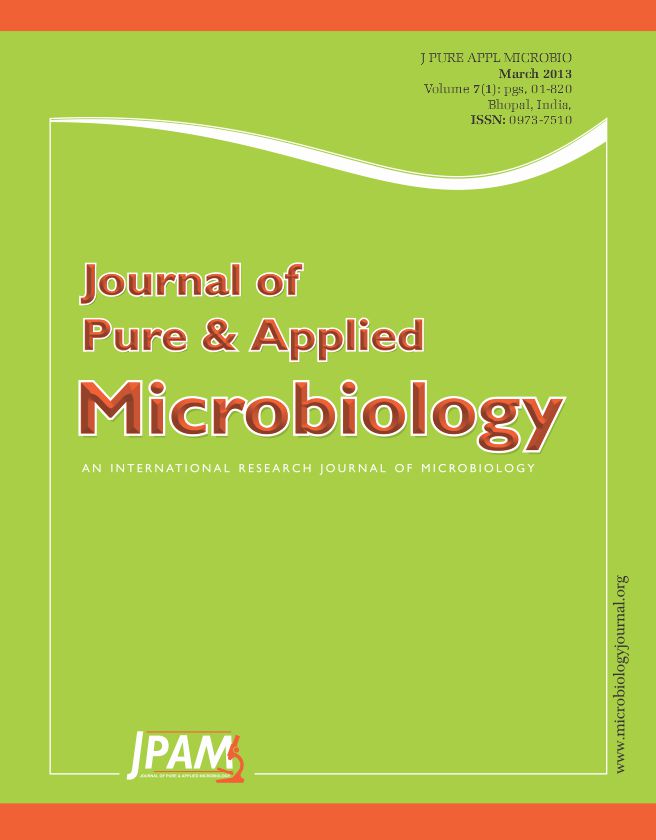The iron oxide (IO) nanoparticles have many potential applications in biology due its magnetic properties. In this study, we analyzed antimicrobial activity of two important (IO) nanoparticles (g-Fe2O3, Fe3O4). These (IO) nanoparticles were characterized by dynamic light scattering (DLS) and transmission electron microscopy (TEM) and the starch were used as dispersing agent in order to reinforce the colloidal stability of IO nanoparticles. The DLS results showed the average size of IO nanoparticles were an about 30-40 nm and TEM results demonstrated that IO nanoparticles were well dispersed with starch. Further, Staphylococcus aureus (PTCC 1431), Escherichia coli (PTCC 1395), Pseudomonas aeruginosa (PTCC 1599) and Candida albicans (PTCC 5027) were grown in the presence of five different IO nanoparticles concentrations with and without starch. 3-[4,5-dimethylthiazol- 2-yl]-2,5-diphenyltetrazolium bromide (MTT) reduction and agar well diffusion assays were performed and the results provide evidence that g-Fe2O3 and g-Fe2O3/starch nanoparticles did not inhibit microbial growth even at the highest concentration (50 mg/mL). But Fe3O4 nanoparticles inhibited microorganisms growth, specially at the highest concentration (50 mg/mL) and at the present of starch. As a result, starch as dispersing agent can increase the antimicrobial effects of Fe3O4 nanoparticles.
Iron oxide nanoparticles (g-Fe2O3, Fe3O4), Antimicrobial effects, dispersing agent, starch
© The Author(s) 2014. Open Access. This article is distributed under the terms of the Creative Commons Attribution 4.0 International License which permits unrestricted use, sharing, distribution, and reproduction in any medium, provided you give appropriate credit to the original author(s) and the source, provide a link to the Creative Commons license, and indicate if changes were made.


